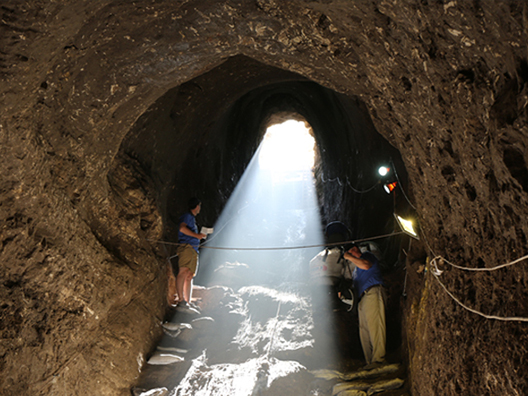Gezer, Israel May 22-June 10, 2016
About the Project: Participate in New Orleans Seminary’s
archaeological excavation of an ancient Canaanite water system (the largest of
its kind) at Tel Gezer in Israel and the investigation of structures related to
the Bronze Age Canaanite Gate.
Dates: May 22 - June 10, 2016. Volunteers should plan to
arrive no later than May 21, and those working all three weeks should plan
departures for June 11 or 12.
Cost: $1950 for the three-week season, or $650 per week
(Extra days $100 / day) + airfare. Costs cover room, board and weekend travel.
Preference will be given to three-week participants. Participants are
responsible for their own flights to and from Israel. The dig will arrange
airport pickup.
Weekend Travel: The expedition will arrange several field
trips covering key regions and archaeological sites of Israel. Weekend travel
costs are included in the excavation pricing.
Accommodations: Volunteers will be housed in air-conditioned
rooms at the Neve Shalom Guest House, with three to four persons per room.
Academic Credit: Undergraduate or graduate course credit for
up to 6 semester hours is available. Standard tuition cost and fees apply.
For More Information: About the dig, contact Dr. Dan Warner
(dwarner@nobts.edu) or Dr. Dennis Cole (rdcole@nobts.edu), or visit Moskau
Institute and Center for Archaeological Research website www.
nobts.edu/archaeologycenter/
The ancient city of
Gezer, located between Jerusalem and the modern-day city of Tel Aviv, was a
Canaanite city-state that reached its height of importance in the Middle and
Late Bronze Age. Much of Gezer’s importance derived from its location near the
Via Maris, an important ancient trade route. The Bible mentions the city 14
times in the Old Testament. In one of the more important Gezer entries, the
Bible reports that an Egyptian pharaoh conquered Gezer and gave it to Solomon
as a dowry (1 Kings 9:16). The account records that Solomon rebuilt and
fortified Gezer along with Hazor and Megiddo.











